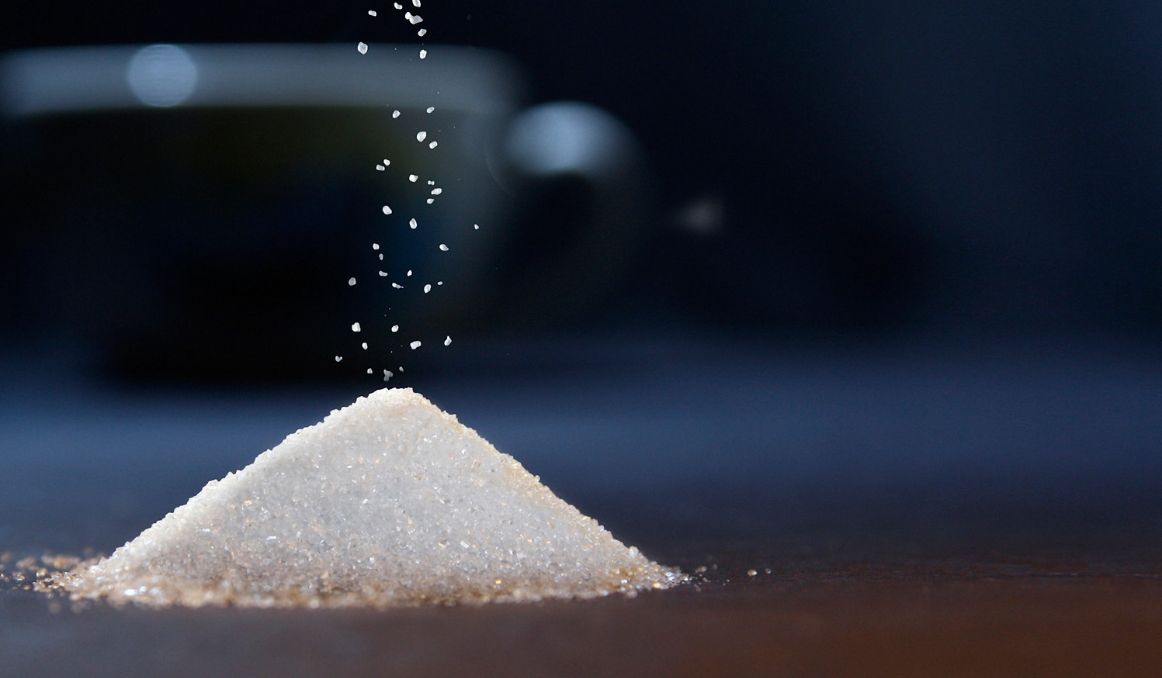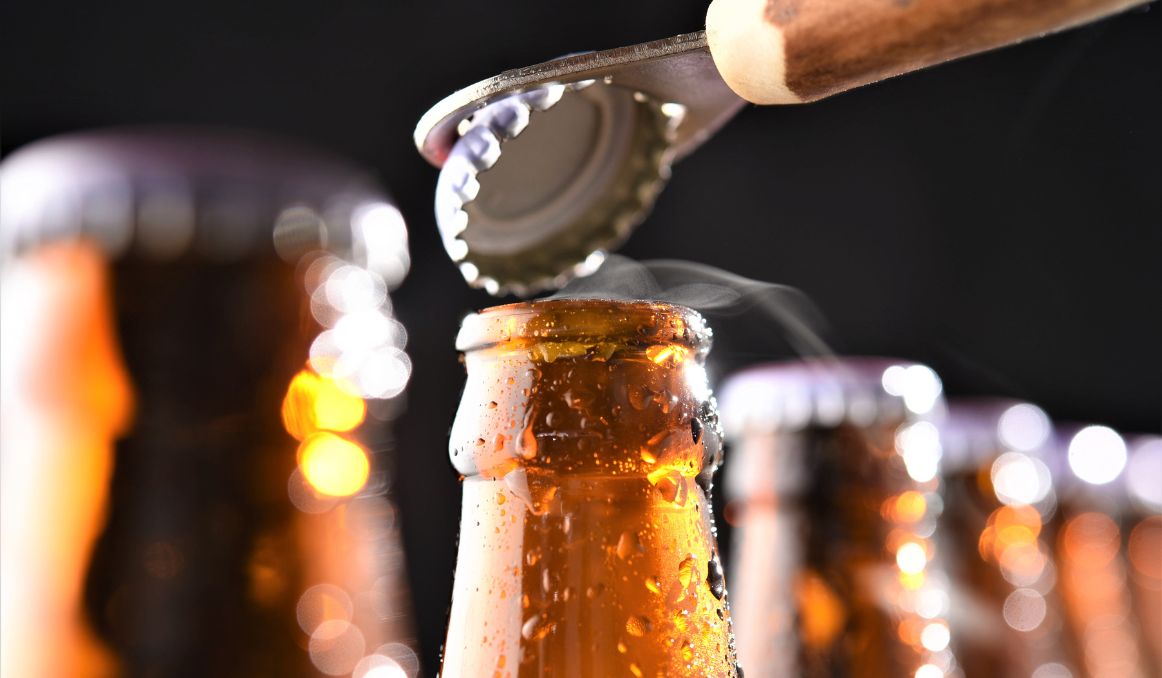How Does Priming Sugar Work
For those unfamiliar with how priming sugar works, it is helpful to know that we are talking about bottle conditioning beer.
Bottle conditioning has been done for hundreds of years.
It actually began in the 1800s as an inspiration from winemaking.
For centuries, wine makers had been priming their wine before bottling it to increase the sparkling effect, or “champenoise.”
Wine makers would simply add a little sugar after fermentation had completed and right before bottling.
This addition would ensure the bubbly effect of wine when the cork is removed.

Bottle Conditioning Beer
While bottle conditioning in wine is a lovely addition to an already great drink, sometimes it is absolutely necessary in beer, so thank goodness brewers borrowed this handy little trick from their brethren in winemaking.
Without bottle conditioning, and especially after days of oxygen exposure, beer can come out flat.
This sad side effect is even more pronounced with ales, which tend to flatten out more quickly than do lagers.
Thus, brewers began following the same practice as vintners, ensuring the bottles would arrive at their destination, quite often overseas, with a fresh pop and crisp fizz.
For bottle conditioning, brewers will follow the normal route to making beer – crack or grind malted barley or another grain, add the grain to boiling water, allow the grain to steep and then add hops to cut down on the sweetness of the wort, and finally add yeast once the wort has fully cooled.
Fermentation typically takes several days and up to two weeks.
For many brewers, secondary fermentation is a critical part of the brewing process as well, which allows the yeast to consume any dead cells and smooth out off flavors, delivering a completely finished product.
The only problem with this finished product is that it is often flat or well on its way to being flat.
The thing is, what makes beer fizzy in the first place is that essential ingredient, yeast.
Yeast consumes the sugars in the wort and converts them to alcohol and carbon dioxide, along with hundreds of other beneficial micronutrients.
And, contrary to what many think, yeast does not die once it is done fermenting. In fact, it is often healthier and livelier after fermentation.
It merely lies dormant until it gets its next opportunity to consume sugar.
So bottle conditioning delivers that opportunity right to the yeast, adding sugar to the fully fermented, racked beer right before bottling allows the yeast to fizz up once more, and then captures that fizz by closing the bottle with an airtight cap.
Which Priming Sugar to Use
We call it priming sugar when we really could just call it sugar.
After all, you can indeed simply use table sugar to “prime” your beer right before bottling.
The only thing that really matters when it comes to priming sugar is that it is a fermentable sugar, meaning yeast will consume it and convert to alcohol and carbon dioxide.
Non fermentable sugars are usually pretty obscure ones like stevia or splenda.
The three primary sugars used for bottle conditioning are:
Corn Sugar – Dextrose
Corn sugar is a favorite among brewers who believe that it will allow for a smooth, flavorless priming. It is relatively easy to find, and you don’t have to use too much of it to get the job done.
Table Sugar – Sucrose
Table sugar gets a bad rap for some reason as a handful of brewers once determined that its use affects the end product in terms of flavor.
Despite this effect being disputed time and again by other brewers, table sugar still often gets overlooked as a great priming sugar.
It is also more fermentable than corn sugar, so you can use less of it per batch.
Dry Malt Extract – DME
Finally, dry malt extract is a great priming sugar as it is essentially just adding more beer. DME is wort before it is fermented, with all of those great, natural grain sugars just waiting to be consumed by the existing yeast in your fermented beer. DME will also add color, texture, and body to your finished product, which may or may not be preferred.
Alternatives
There are several alternatives to the above three priming sugars, and as with any process in brewing, they are worth experimenting with and exploring. Each priming sugar will have its own effect on the bottle conditioning and the overall finished product.
- Agave
- Honey
- Treacle
- Maple Syrup
- Molasses
- Belgian Candi Syrup
How to Use Priming Sugar

When you are ready to bottle condition, you may be wondering how to make priming solution for beer, including how much priming sugar for 5 gallons of beer, for instance.
In general, for 5 Gallons of beer, you can use:
- ¾ cups of corn sugar or
- 2/3 cups of table sugar or
- 1 ¼ cups of dry malt extract
For the alternative priming sugars, you will need to play with various measurements as compared to these ones here.
Remember also to take into consideration how carbonated your fermented beer is before bottle conditioning.
If you add too little priming sugar, you will end up with a flat beer.
Add too munch, and you will end up with a bottle that overflows when it is opened.
If you add way too much, your bottles might explode.
To make your priming solution, simply bring two cups of water to boil, remove it from heat, and add your priming sugar.
Stir to allow your solution to dissolve, and then allow it to fully cool.
Pitch your priming solution gently into your bottling bucket and stir gently to mix fully.
Wait about an hour for all the sediment to drop to the bottle of your container, and then bottle your beer.
Also, remember to always use fully sanitized bottles and bottle caps so you don’t introduce any last-minute wild yeast or bacteria to your brew.
That’s not the kind of surprise you want!
Cheers!
Passionate about the beer and/or wine making process? So are we! If you’re interested in finding out how you can use our technology to control fermentation and monitor your yeast, save work hours and improve the cost-efficiency of your business, drop us a line at [email protected] or check out our product pages:
- Oculyze BB 2.0 (Better Brewing) Yeast Cell Counter App + Hardware
- Oculyze FW (Fermentation Wine) Yeast Cell Counter App + Hardware
Also, you can now get access to a fully functional demo account to test our Web App. Completely free of charge and with no commitment to purchase.
Sources:


